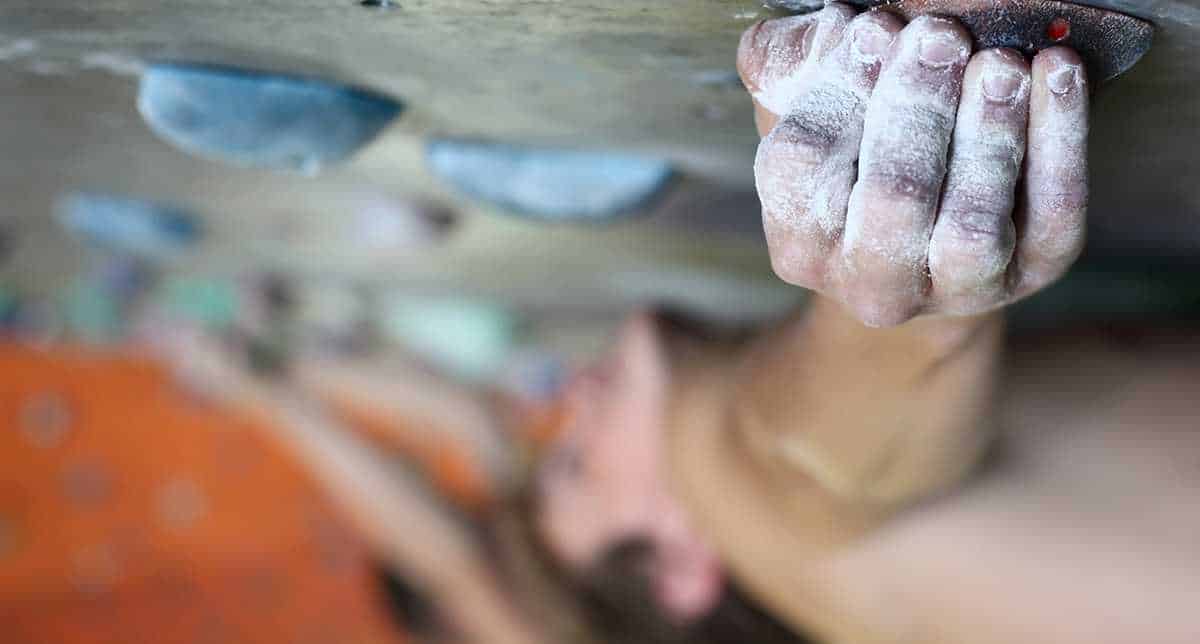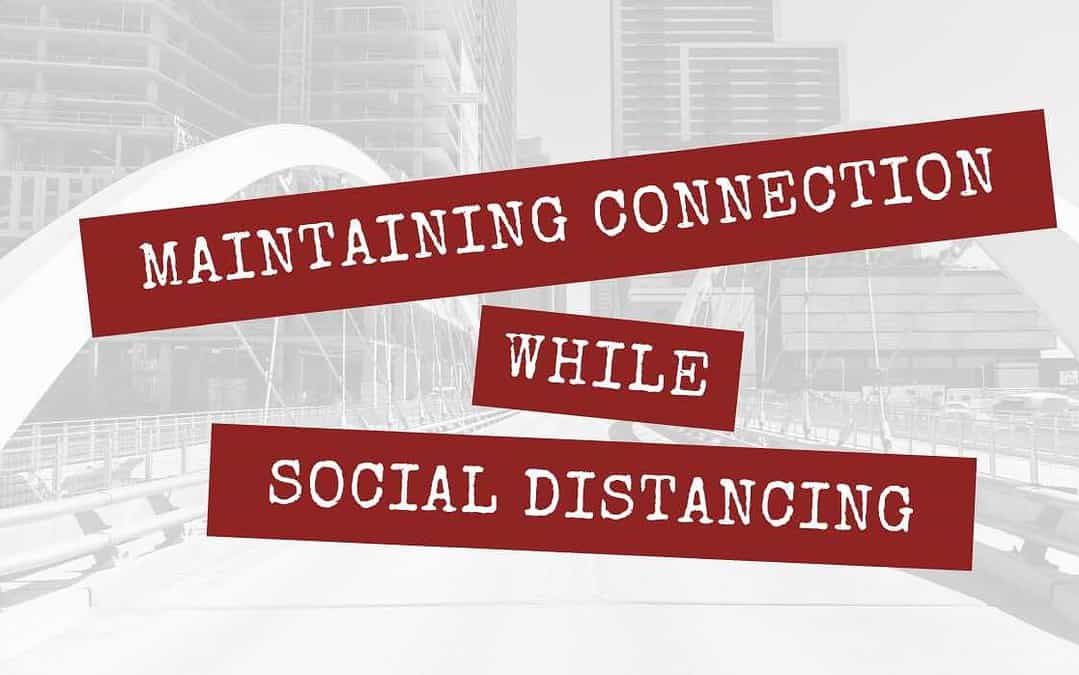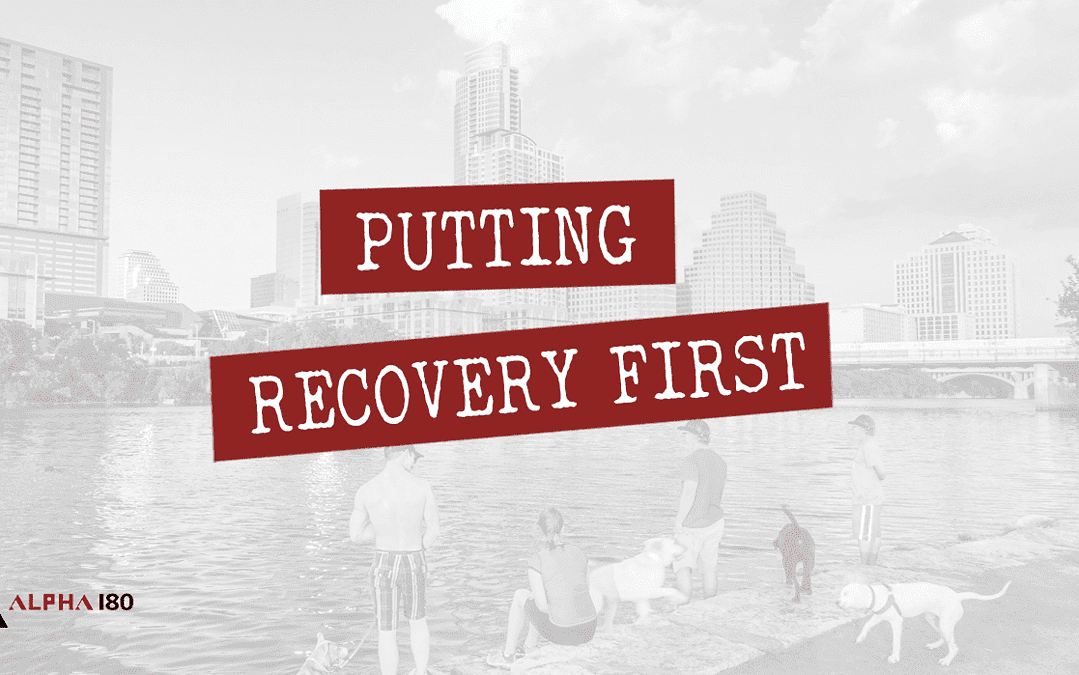To many young adults, the prospect of staying sober sounds like being sentenced to boredom and missing out. Addiction treatment, justifiably so, removes people from their current environments and focuses on stabilizing crises. Residential programs require focusing solely on establishing a foundation of recovery and educating individuals about the dangers of addiction. However, lasting recovery is about finding ourselves; integrating rather than denying aspects of our true self.
In order to find long-term recovery, it is necessary to identify healthy ways to express normal developmental needs. For collegiate-aged individuals, this inherently includes risk-taking and [even] getting in trouble. Denial of these healthy urges can lead to their manifestation in problematic ways. Without opportunities to feel excitement and thrill, people in early recovery may begin to miss the adrenaline rush the drug-using lifestyle provided them.
Because of this, an acknowledgment and incorporation of healthy “trouble” into recovery for young adults is crucial. For myself, I spent a lot of time in early recovery drinking way too much caffeine and staying up way too late. Also, my sober friends and I would go to concerts or clubs and dance – something I never would have enjoyed when I was using.
Groups like Young People in Alcoholics Anonymous (YPAA) provide ample opportunity to stay up late, party, and even “act out.” The difference? It’s within the context of a recovery program and while not all behaviors are ideal, they are free from the life-threatening risks of addiction. The result is that recovering young adults are soothing a fundamental need to feel exhilarated, as well as a part of a group.
The challenge can be determining when it is safe and appropriate to venture in to these less structured experiences. A strong recovery fellowship is the net that catches you when trying out new things becomes problematic. My friends were there to hold me accountable, yet still encourage me to seek different experiences. The unexpected result is that my commitment to recovery strengthened because rather than feeling like people were making me do it, I was choosing for myself.
Attachment Theory’s “The Strange Situation” Experiment was a landmark study in identifying healthy bonding. In the study, a child and their mother are placed in a room full of distractions. A child exhibiting unhealthy attachment will either ignore their mother and wander off or cling to them in fear. Healthy attachment is exhibited when the child explores the room, but periodically checks in with their mother to see if it’s ok and makes sure she is still there. This parallels healthy steps in recovery. Our program should neither be ignored, nor clung to in fear. The gift of recovery is that we are free to live, take risks, and try new things, secure in the foundation that our fellowship is there for us no matter what happens.
By: Nico Doorn M.Ed., LCDCI | Director of Recovery Services






